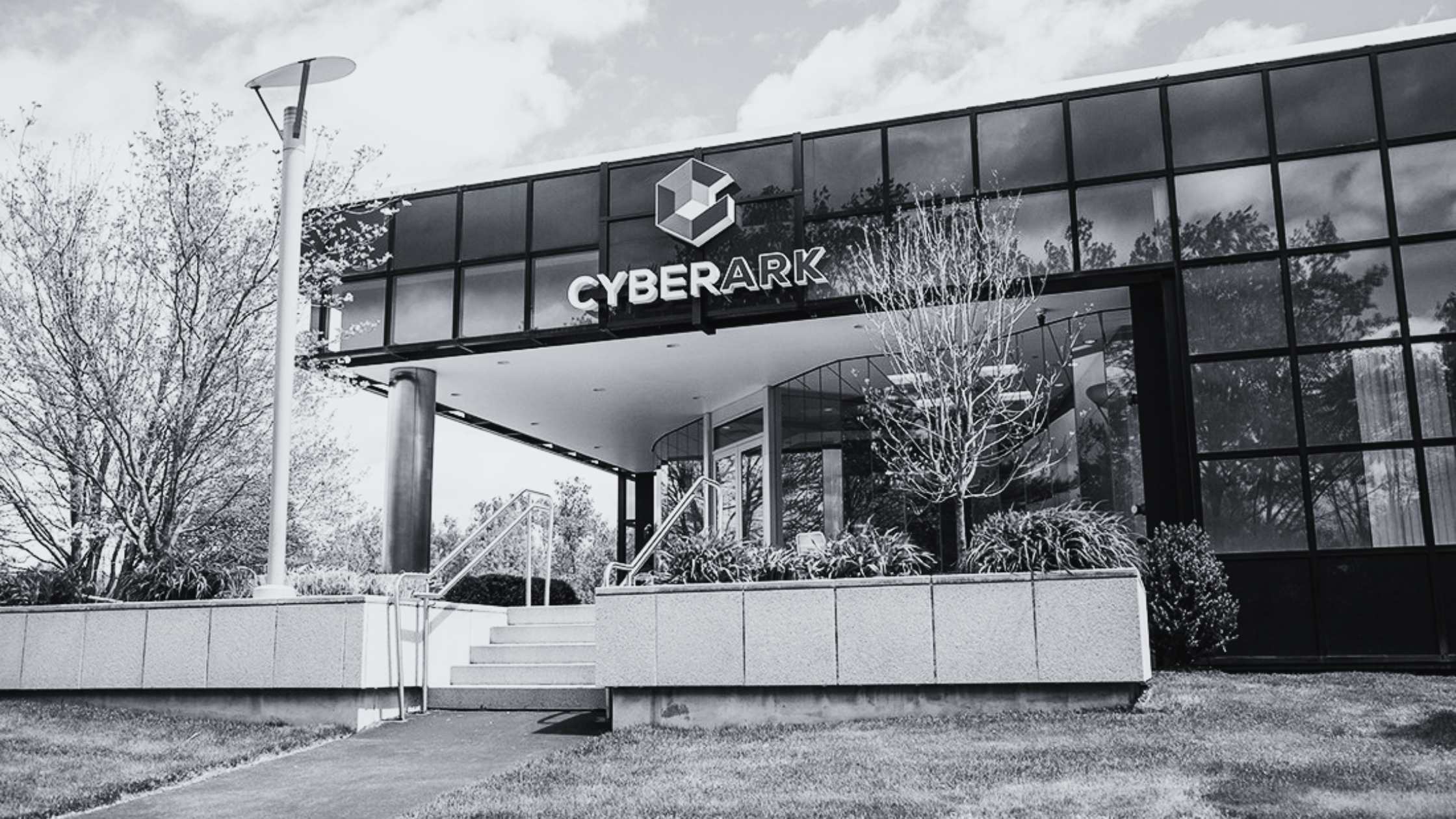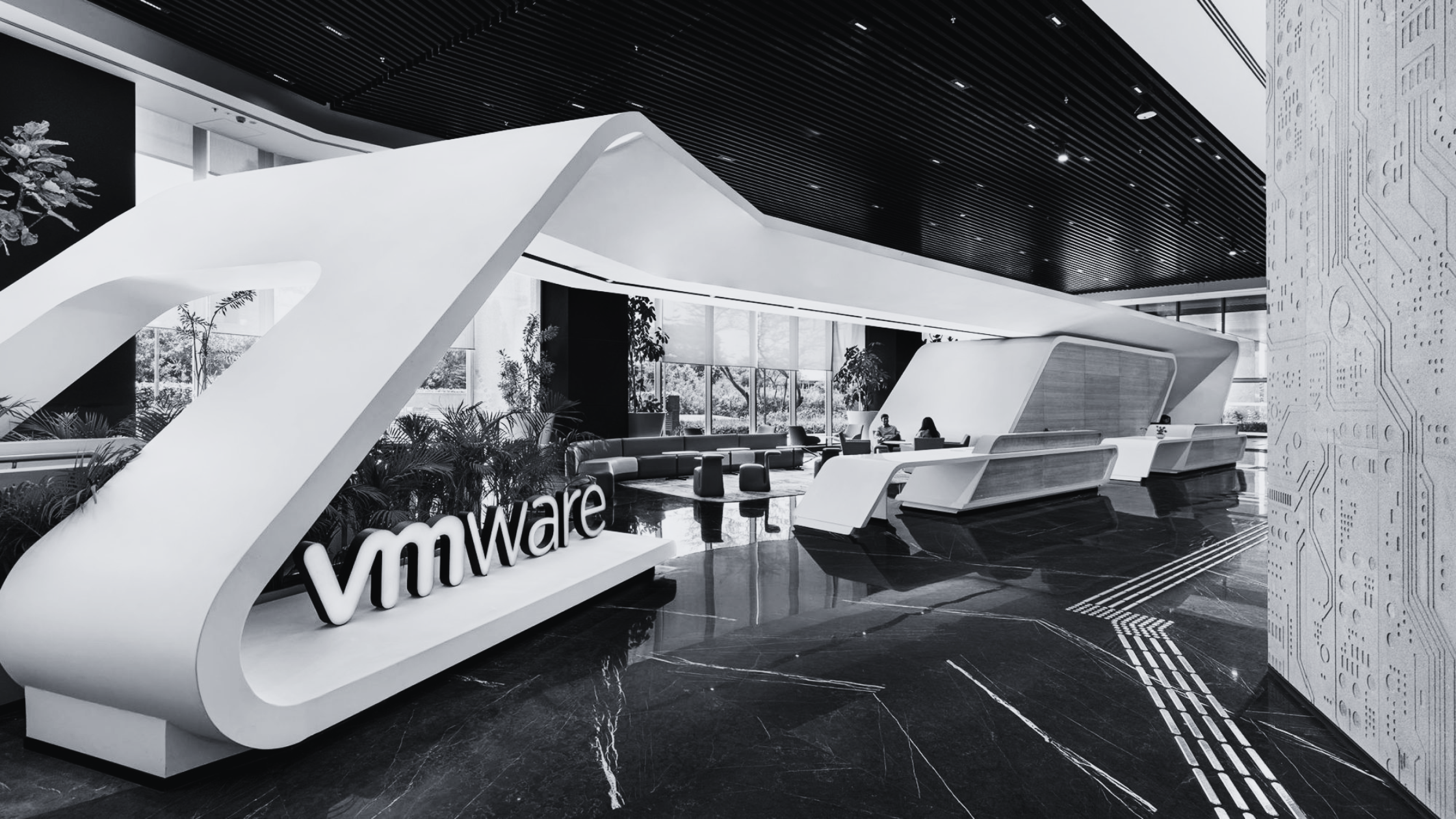Rolls Royce, the iconic aerospace giant, is making waves in the burgeoning field of quantum computing. While still in its early stages, this technology holds immense potential for revolutionizing industries like aerospace, and Rolls-Royce is actively exploring its possibilities. This article delves into the technical aspects of their approach and the potential impact on their future.
The Challenges for Rolls Royce venturing into Quantum computing
Designing and optimizing jet engines is an incredibly complex task, requiring intricate simulations that push traditional computing to its limits. These simulations factor in factors like aerodynamics, thermodynamics, and material behavior, creating vast datasets and demanding calculations. Current classical computers struggle with such computational intensity, leading to long simulation times and potentially hindering innovation.
Enter the Quantum Advantage:
Quantum computers offer a paradigm shift by harnessing the principles of quantum mechanics. Unlike traditional bits, qubits can exist in a superposition of states, allowing for parallel processing and tackling problems intractable for classical machines. This “quantum advantage” holds the potential to significantly reduce simulation times and enable more sophisticated models, unlocking new design possibilities.
Rolls-Royce’s Multi-Pronged Approach:
Rolls-Royce isn’t waiting for the arrival of full-fledged quantum computers. They’ve adopted a multi-pronged approach:
- Hybrid Computing: Combining classical and quantum computing power, Rolls-Royce is developing algorithms that partition tasks between the two platforms. This leverages the strengths of both, speeding up simulations while laying the groundwork for future quantum-centric solutions.
- Collaboration: Partnering with companies like NVIDIA and Classiq, Rolls-Royce is actively contributing to the development of quantum algorithms and software specifically tailored to their needs, particularly in computational fluid dynamics (CFD) simulations.
- Early Investment: Recognizing the potential, Rolls-Royce is investing in research and development, building expertise and infrastructure to be ready for the quantum revolution when it arrives.
Technical Hurdles and Future Outlook – The Tech Futurist take:
While promising, quantum computing is still nascent. Scalability, error correction, and software development remain significant hurdles. However, Rolls-Royce’s proactive approach positions them well to overcome these challenges and capitalize on the technology’s potential.
Impact on the Industry:
Successful implementation of quantum computing could lead to:
- Faster design cycles: Reduced simulation times translate to quicker development of new, more efficient engines.
- Optimized performance: Quantum-powered simulations can lead to a better understanding of complex phenomena, enabling design tweaks for improved fuel efficiency and reduced emissions.
- New materials and technologies: Quantum computing could pave the way for the discovery and optimization of novel materials and technologies, further advancing the field of aerospace.
Rolls-Royce’s foray into quantum computing reflects its commitment to innovation and pushing the boundaries of technology. While technical challenges exist, their strategic approach positions them to be a leader in harnessing this transformative technology for the benefit of the aerospace industry and beyond. The race for “Rolls Royce Quantum computing” is on, and the potential rewards are significant.
Disclaimer: This article is for informational purposes only and does not constitute financial advice. Please consult with a qualified professional before making any investment decisions.




